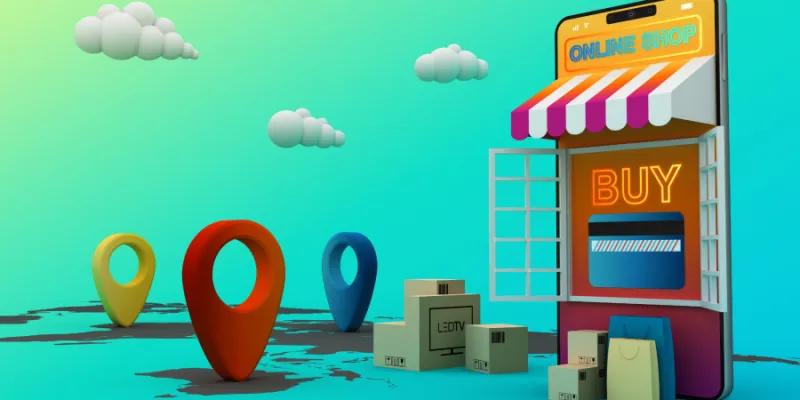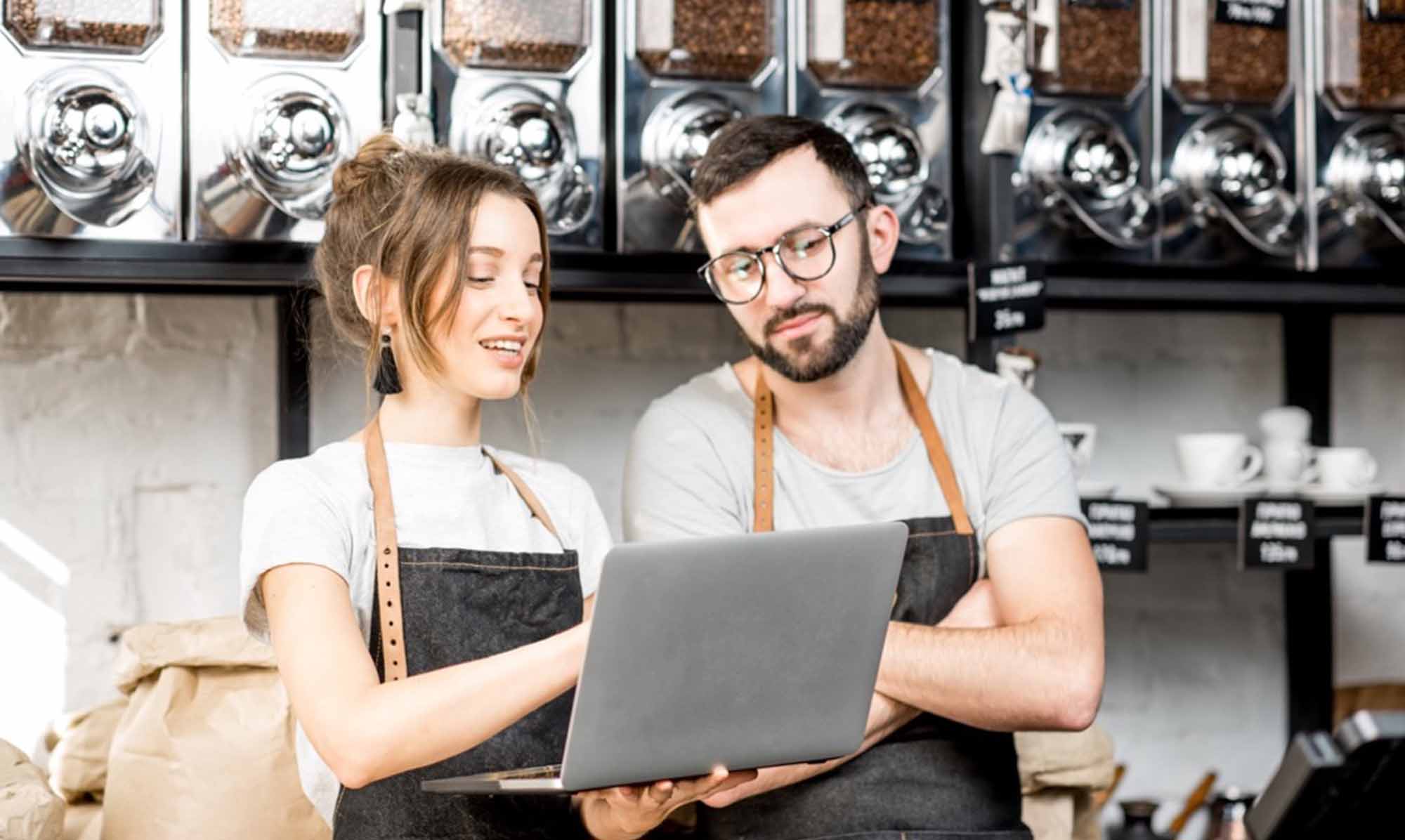COVID-19 and lockdowns have accelerated the integration of online shopping into consumer habits.
“It’s very clear that the digitization of commerce—although long present—is now accelerating dramatically,” observes Hervé Gilg, retail expert at business transformation consultancy Alvarez & Marsal (La Tribune, 08/27/2020).
This shift was already underway before COVID-19 shook the global economy.
Do you manage multiple brands or a retail network? Want to help your customers, especially under curfews and health restrictions, find the nearest store, location, or service? Develop a high-performing, well-referenced Store Locator—that’s exactly what it’s made for!
What is a Store Locator for?
A Store Locator is a service that helps users find a physical point of sale. It can be featured on a website or a mobile app.
In retail networks (franchises, cooperatives, concessions, etc.), the Store Locator is typically developed by the head office to direct and streamline traffic to the nearest outlet.
From a technical standpoint, a Store Locator enhances organic SEO thanks to local pages dedicated to each point of sale. It can generate up to 20% of a website’s traffic, and as much as 70 to 80% for restaurant websites. Additionally, Store Locators now include smart pages—optimized pages that highlight a store’s specific expertise. These not only boost organic rankings for related keywords, but also serve as landing pages for paid campaigns (SEA).
Store Locators can also integrate features like appointment booking, customized store offers, and click & collect.
Click & Collect: the true purpose of Store Locators?
British retailer Argos was the first to launch the Click & Collect experience in the early 2000s. In 2008, Google and Yahoo released their first studies on the growing phenomenon. Major retailers quickly jumped on board, with designated Click & Collect areas now common in stores like Darty, La Fnac, IKEA, and shopping malls.
The widespread adoption of digital devices in households helped democratize online ordering and delivery practices. Many consumers now use them to sell personal items on platforms like eBay, Le Bon Coin, or Vinted.
Now a common feature among retail chains, Click & Collect addresses the needs of increasingly omnichannel customers—and also of stores looking to bridge online and offline strategies. According to a recent INSEE study, 85% of e-commerce websites were expected to offer Click & Collect in 2023.
Store Locators for different goals…
Today, the Store Locator is a must-have in any local digital marketing strategy. It highlights specific stores, products, and/or services based on a user’s location.
A well-built Store Locator encourages interaction through various calls to action—get directions to a store, call the store, view the local page, book an appointment, reserve a product, or view a special offer.
A good UX design ensures that calls to action are effective—thanks to both relevant content and ease of use.
Seenaps* leveraged 6TM Group’s custom expertise to support many networks in building their local visibility. Whether it’s Technitoit for quote requests, L’Échelle Européenne for Click & Collect, or Guy Hoquet Immobilier for appointment bookings—the Store Locator remains the core Web-to-Store tool.
In early 2021’s uncertain economic climate—shaped by lockdowns and curfews—the Store Locator remains one of the most essential components of any head office’s multichannel marketing strategy.
*Seenaps is a SaaS solution from 6TM Group.



